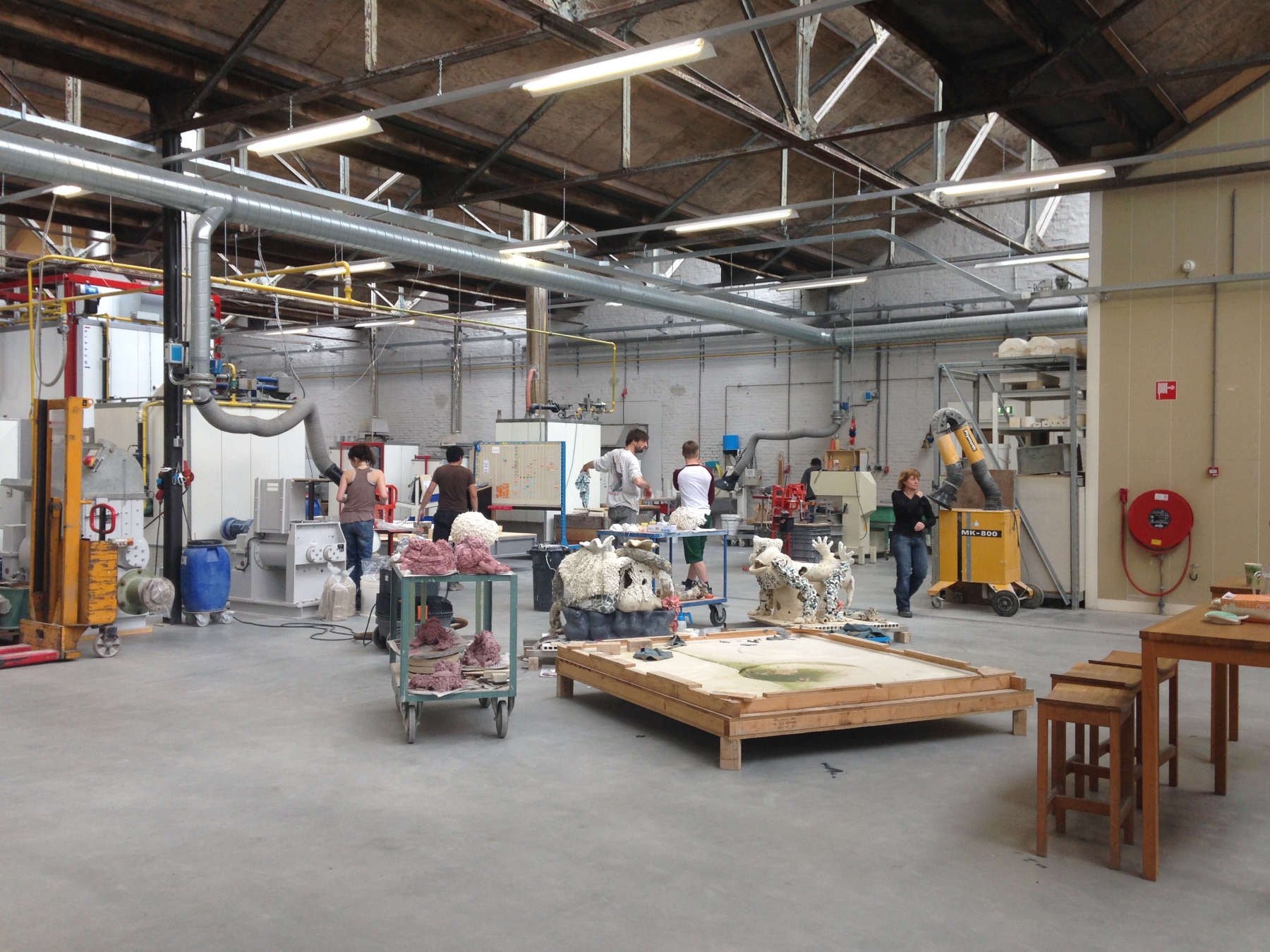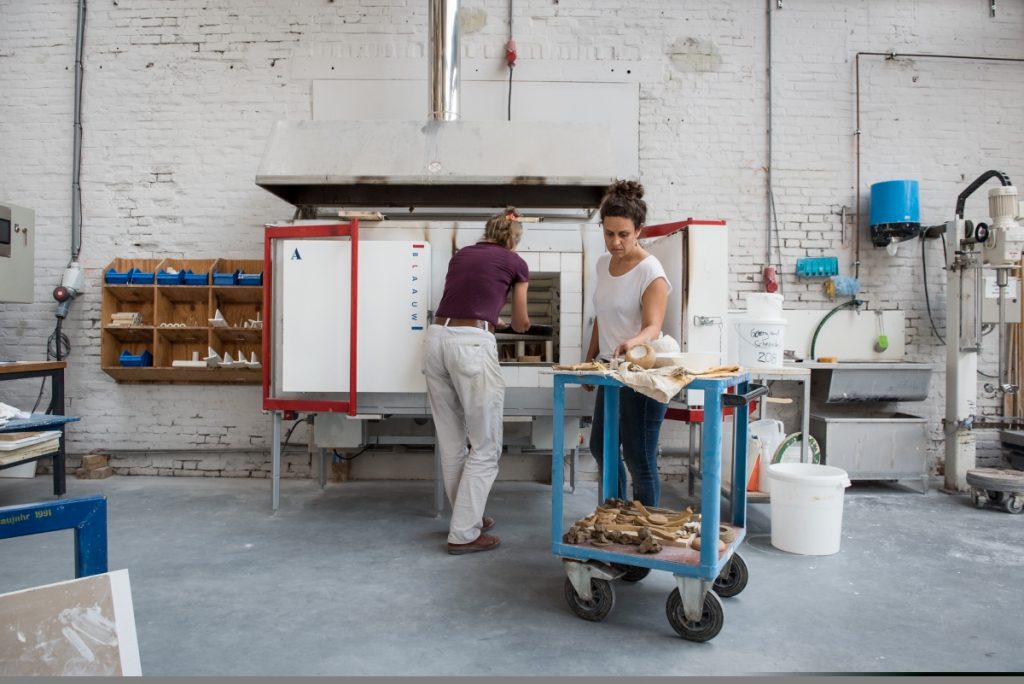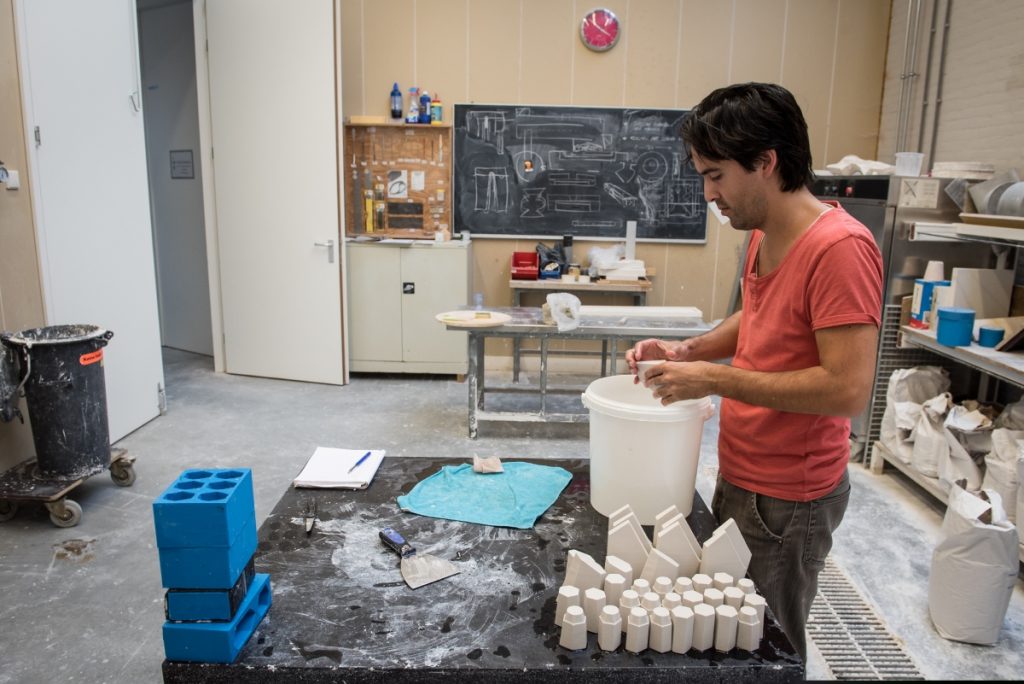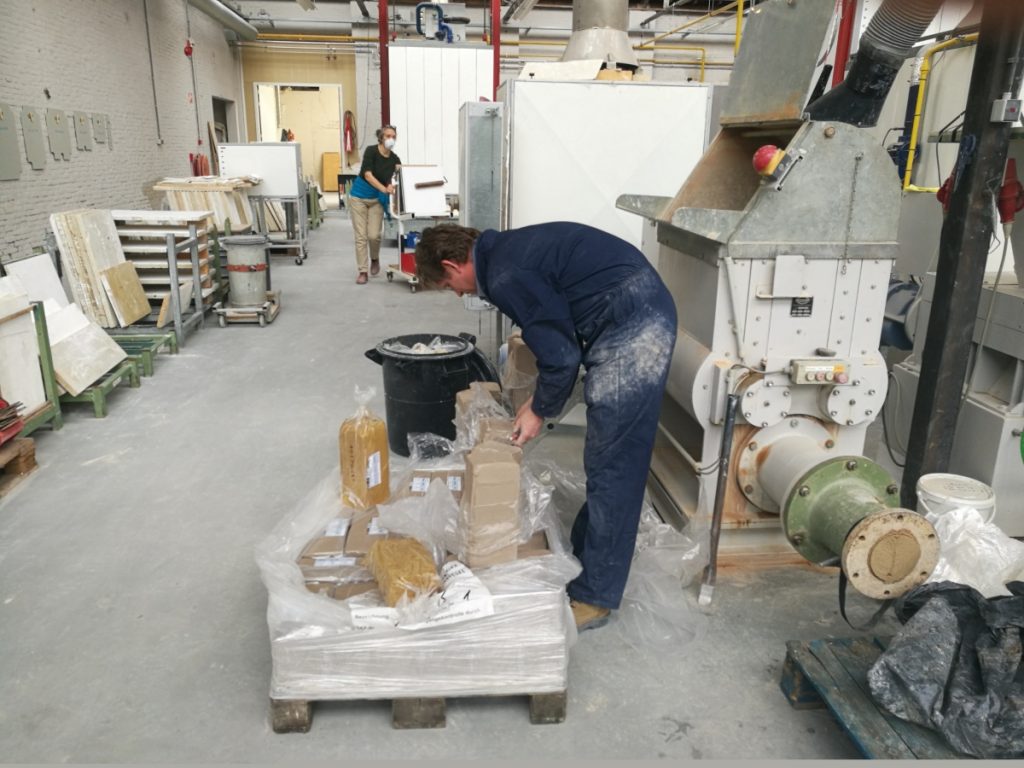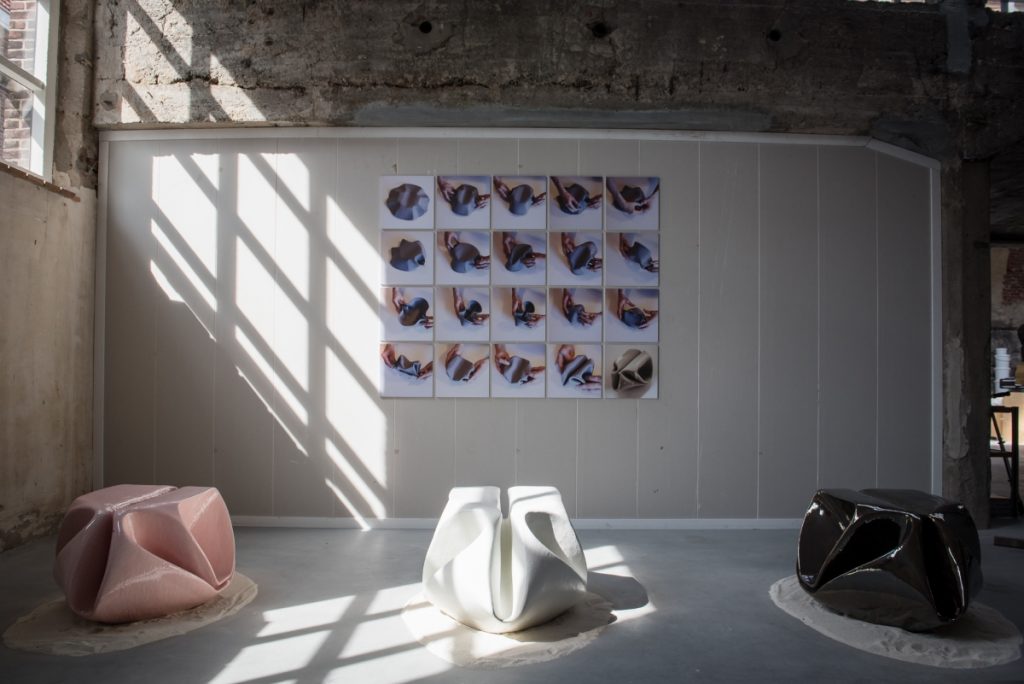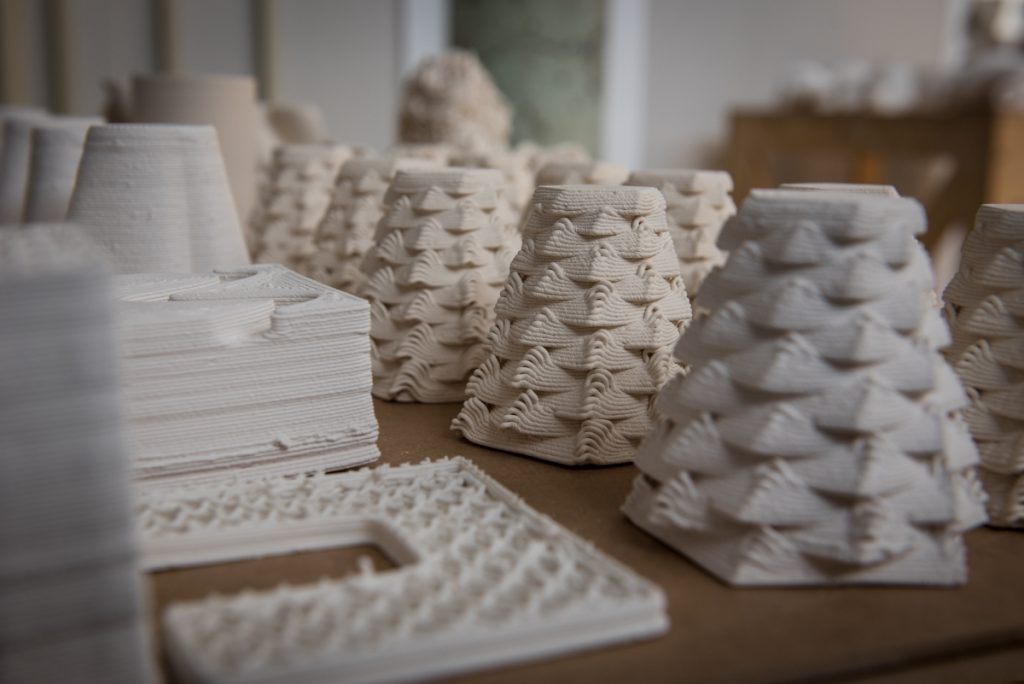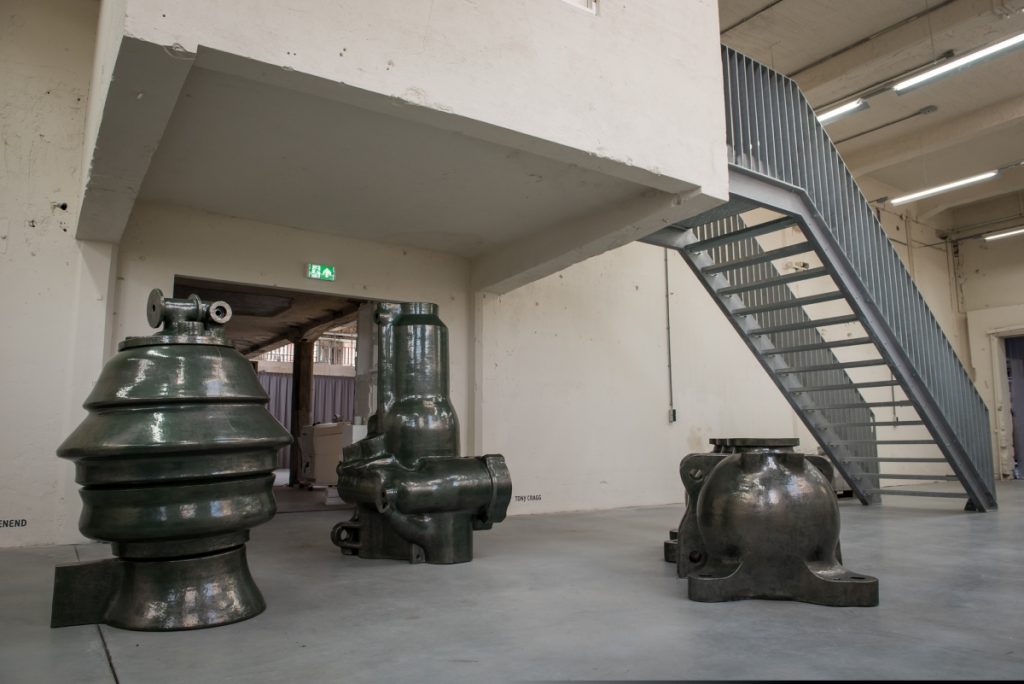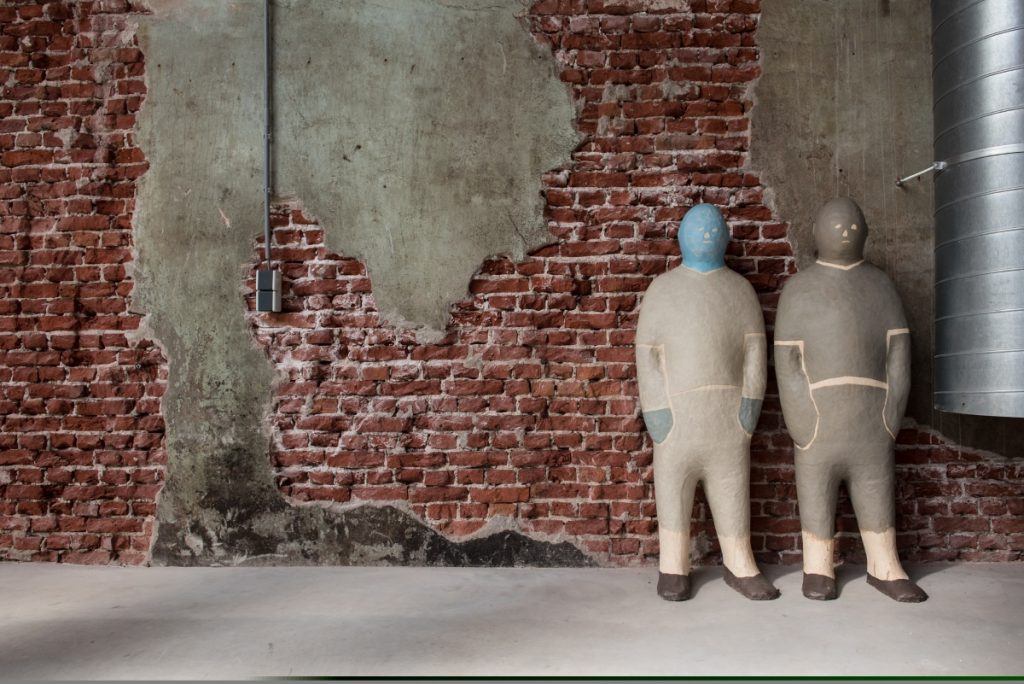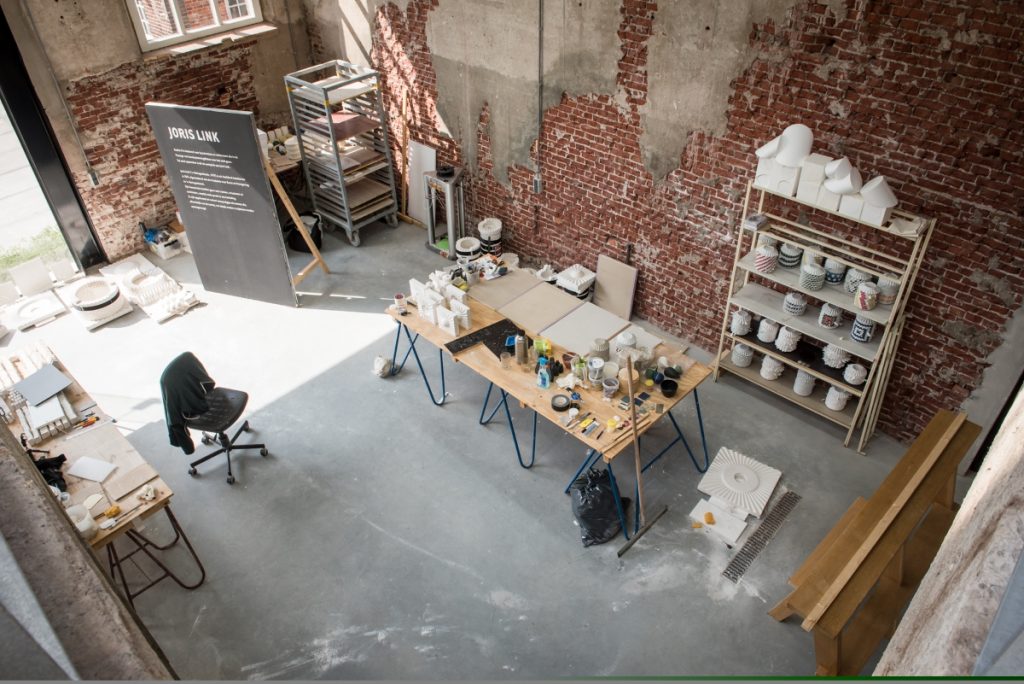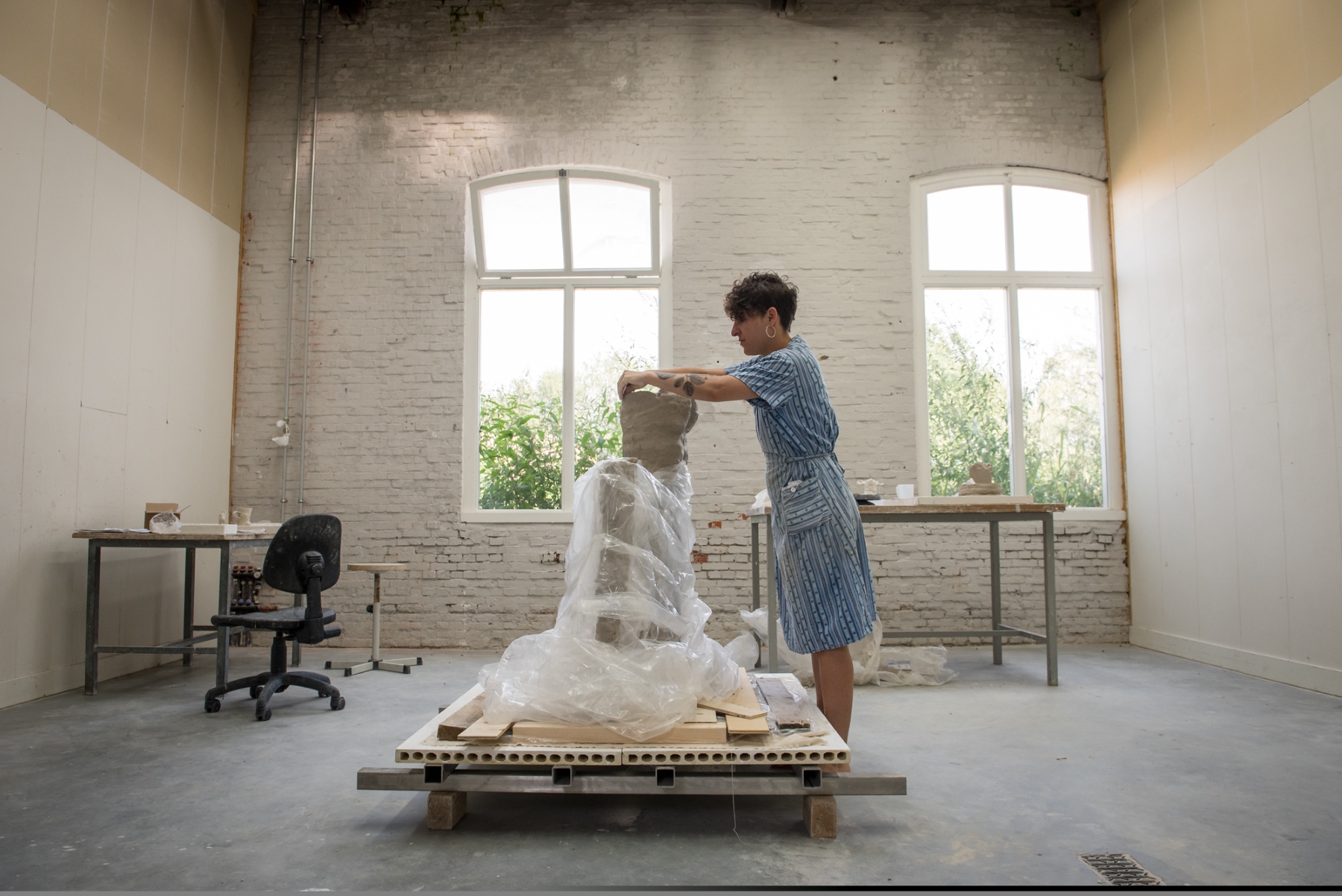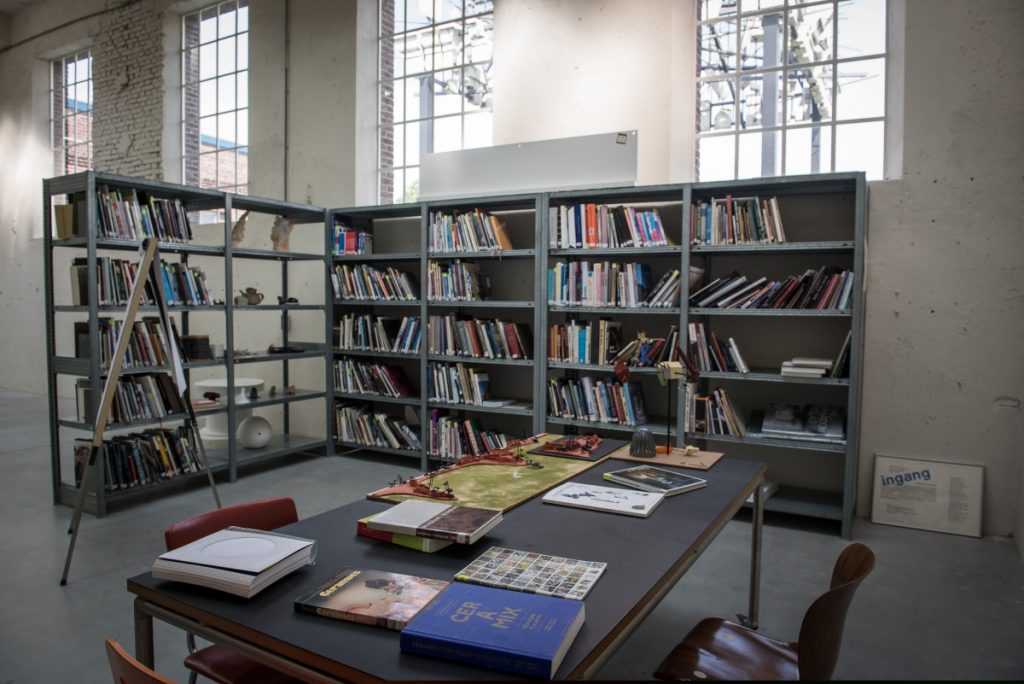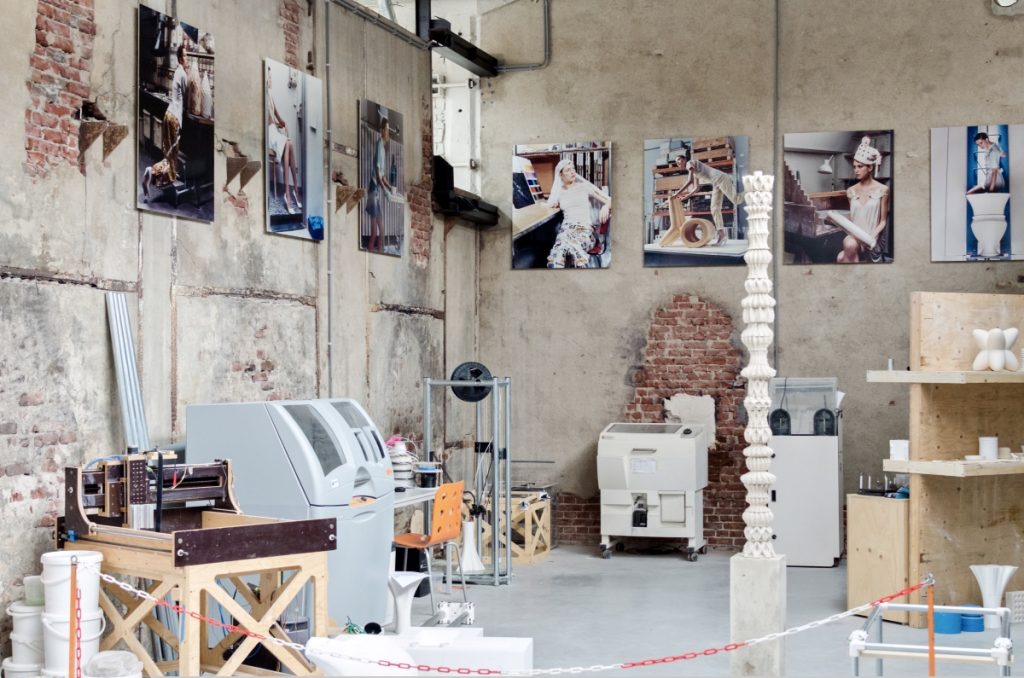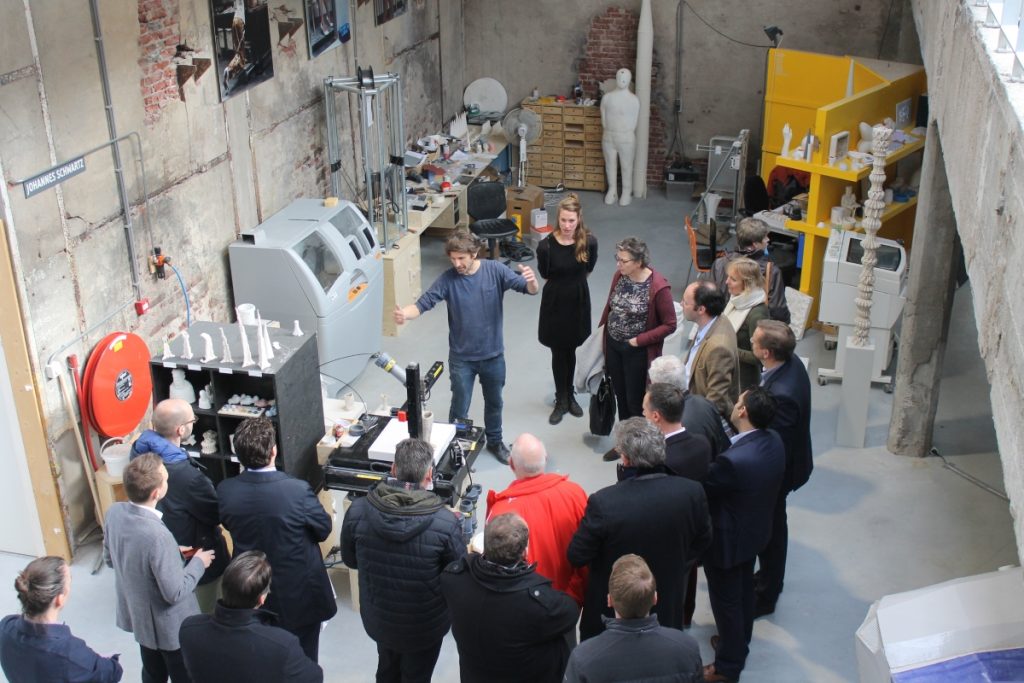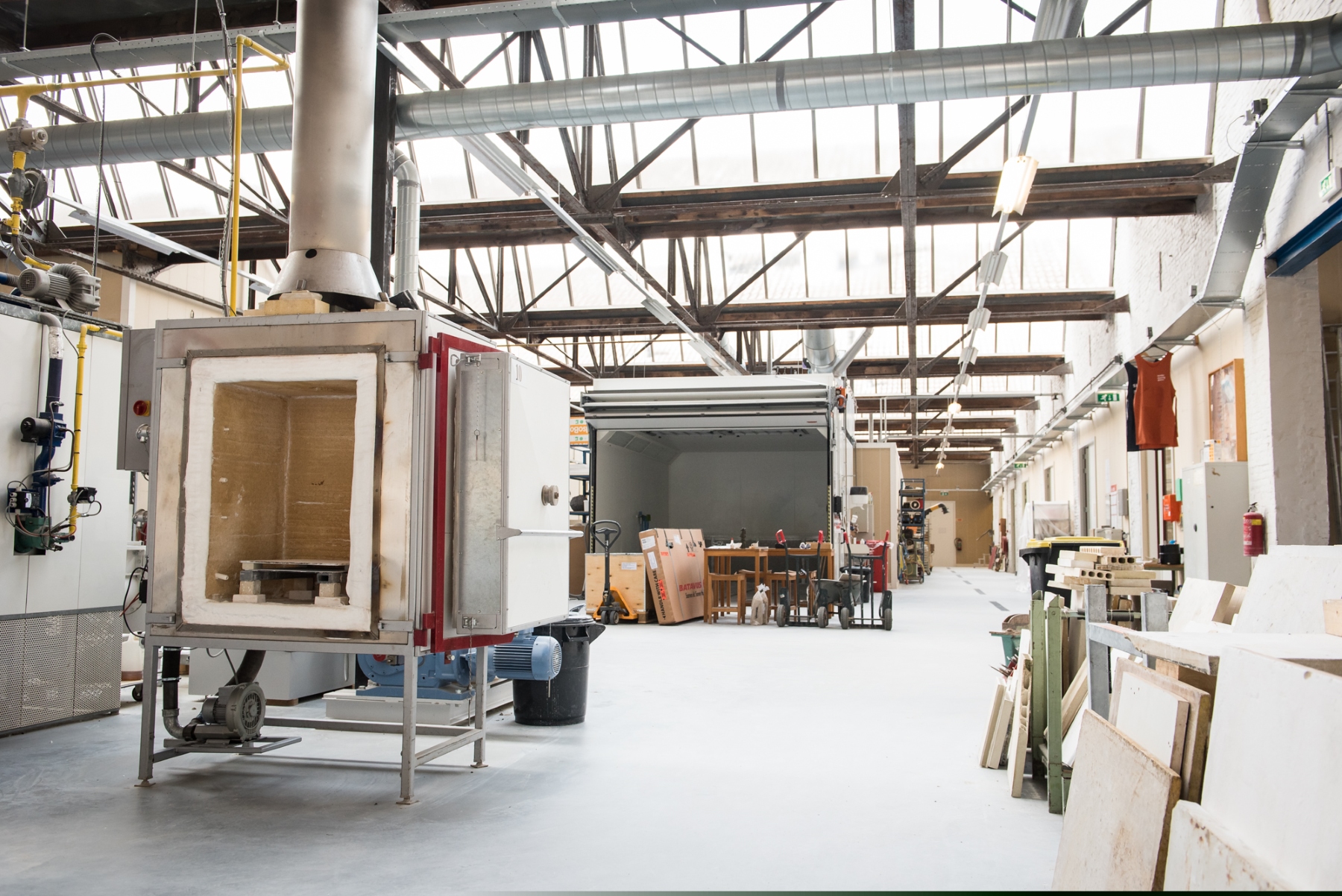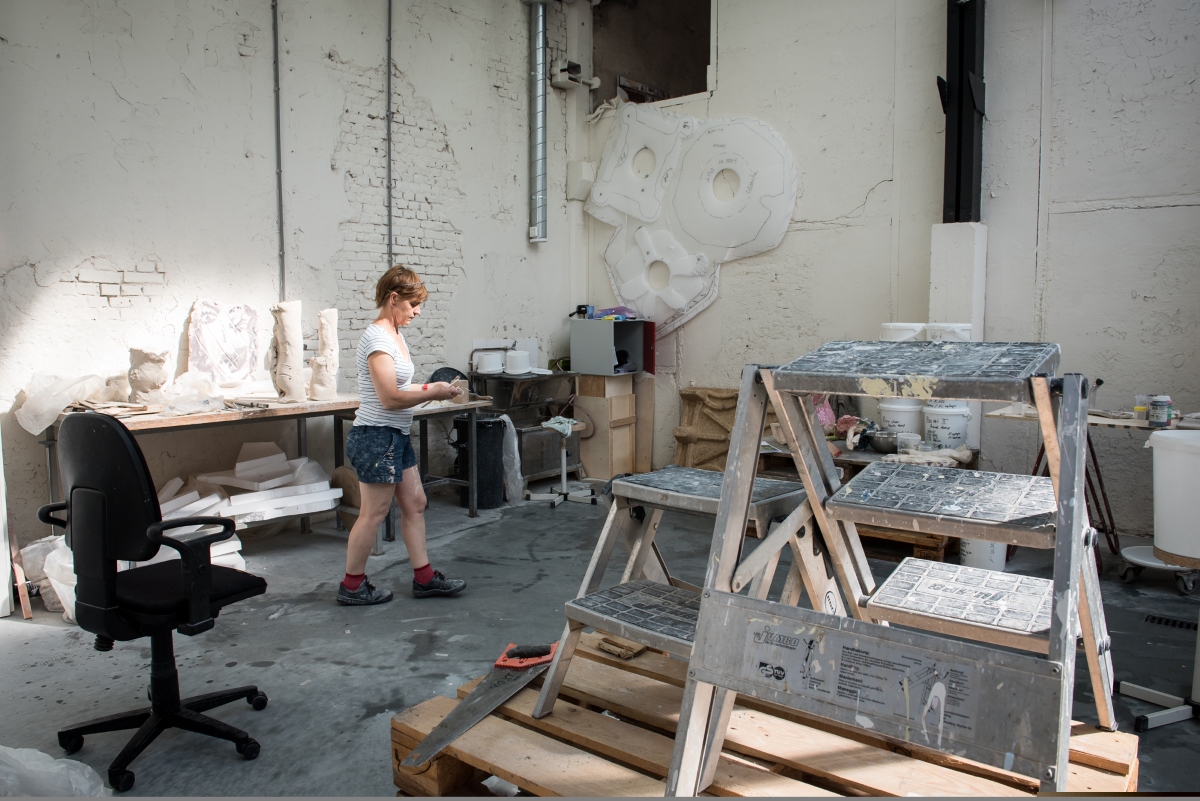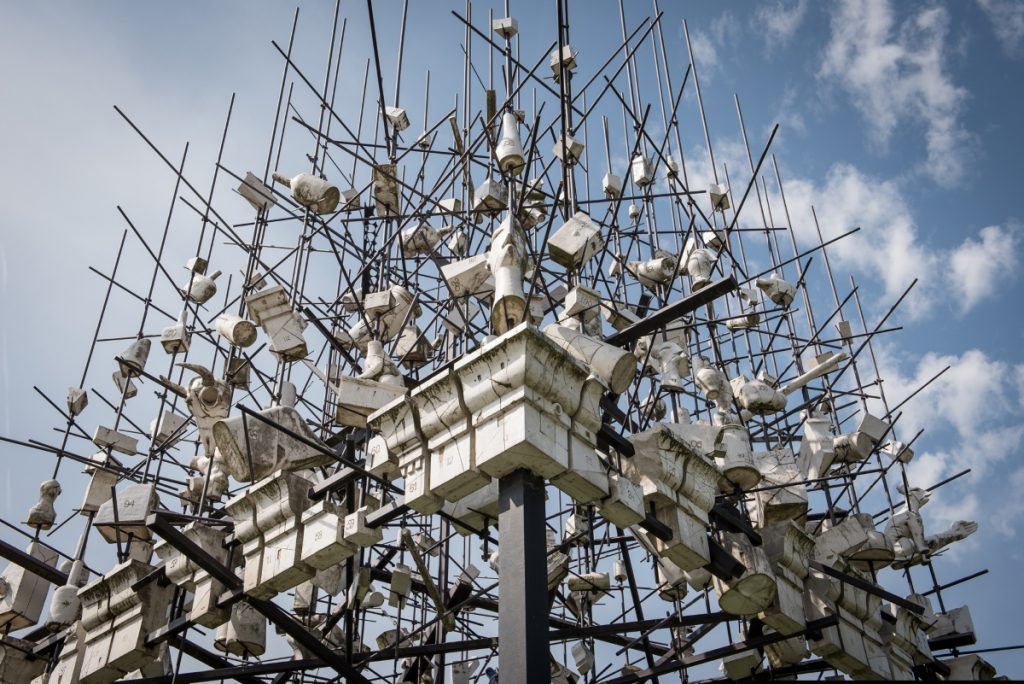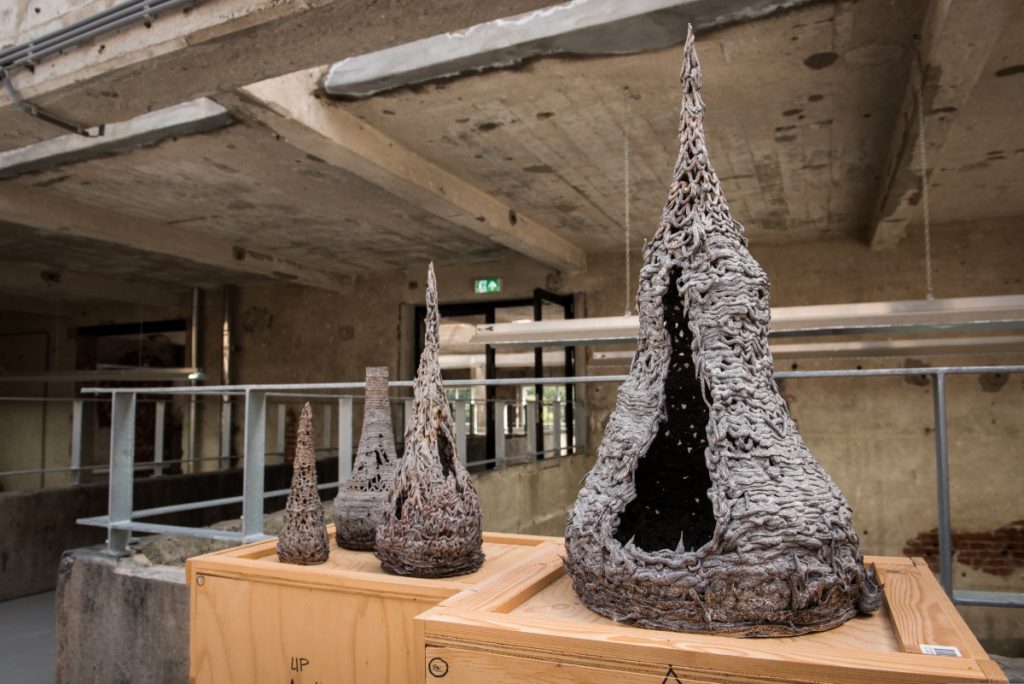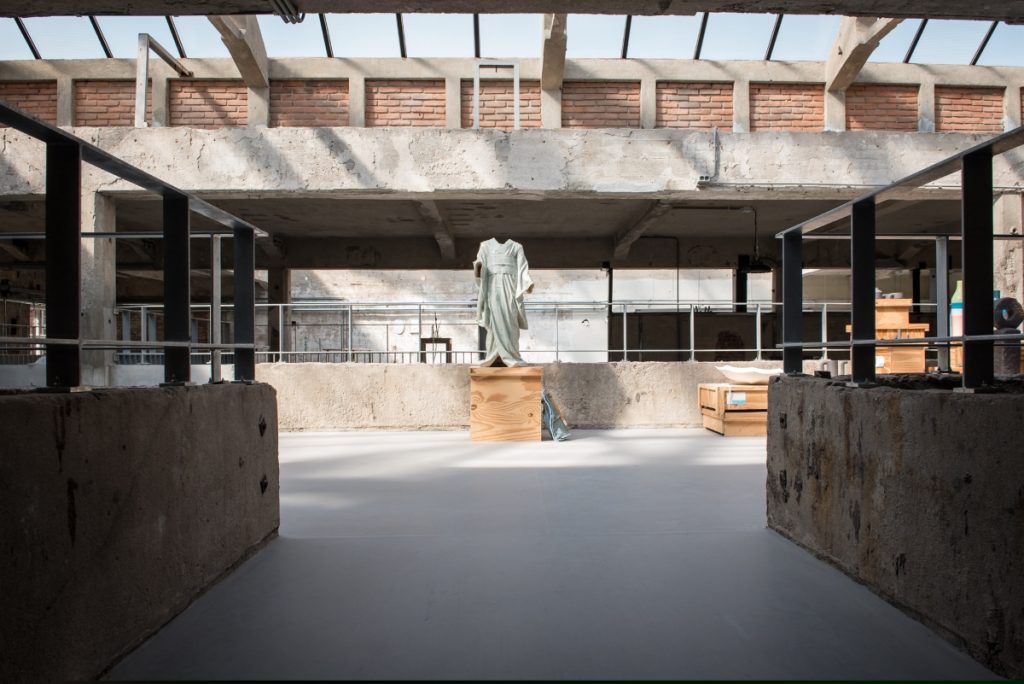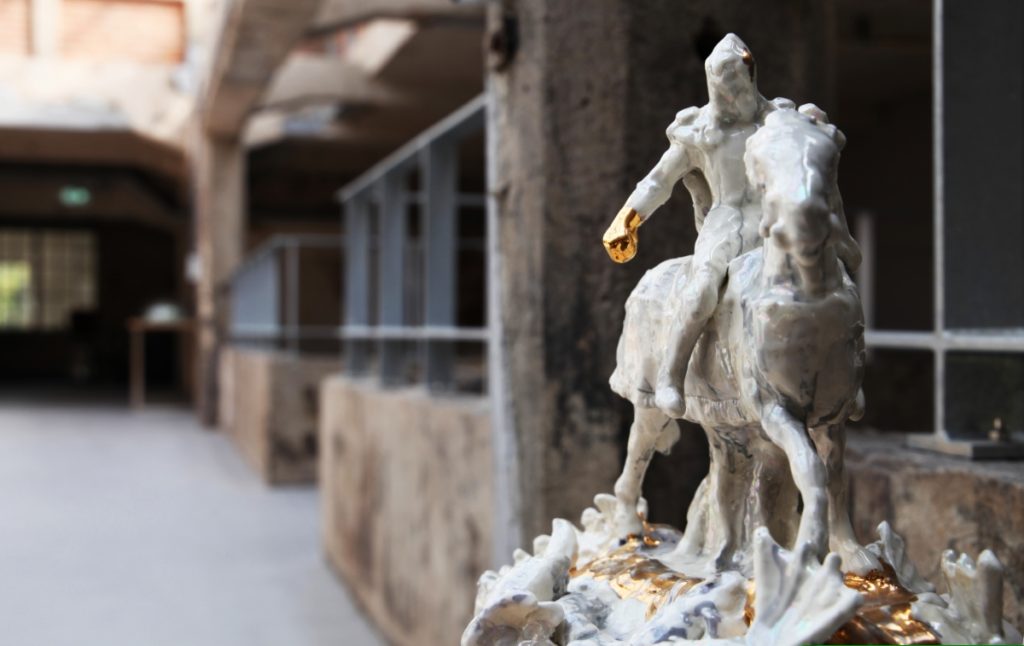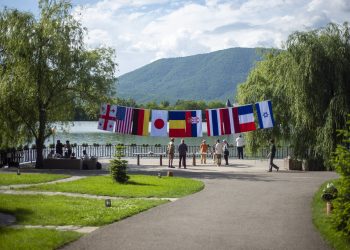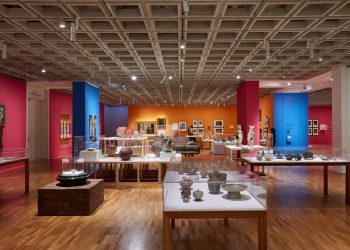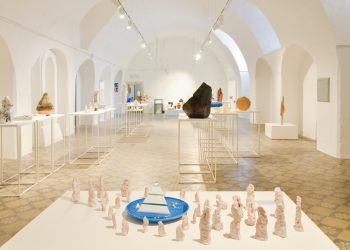Sundaymorning@ekwc is an international artist-in-residence and center-of-excellence for ceramics based in an old factory in Oisterwijk, The Netherlands. For over 50 years, artists, designers, and architects from all over the world have worked here to experiment with clay. Their mission is to further develop the ceramic material and to promote its application in art, design, and architecture.
A couple of months ago we interviewed Ranti Tjan, the director of the European Ceramic Workcentre since 2010, and asked him to present our readers with the center’s activities and plans. So, here’s the interview. Enjoy reading!
Hi Ranti! Could you tell us more about Sundaymorning@ekwc? What are your main activities?
Sundaymorning@ekwc is a residency where artists gather to advance themselves. They can be sculptors, painters, composers, writers, video-artists, or whatever, but they must be professional and open to play, experiment, and change. Our residents come from all over the world, Asia, America’s, Australia, Africa, Europe. It’s a mixture of different worlds. Residents stay for twelve weeks in the house; every Wednesday one resident leaves, every Thursday one resident arrives. At any moment we have between 12 and 14 residents in the house. The average age of our residents is 43, so we have many professors in the house doing a residency, sometimes during their sabbatical.
We are based in Oisterwijk, in the south of the Netherlands, a little country in Europe. The center is not easy to grasp, we are 12 staff members (most of them part-time) and we try to service almost the same number of residents. Our goal is to develop ceramics in the artistic world, in visual arts, design, and architecture. Some of our residents have never worked with ceramics before, so with our skilled staff (7 experts), we introduce our residents to the ceramic learning process. Readers of Ceramics Now know this is a tough process, the residents need many hours to get the best out of it. Our center is open 24 hours a day, so in the middle of the night or early dawn, there are always people working. The center has many objectives, like acting as a facilitator, advisor, coach, mentor, trainer. We love seeing residents become friends or expanding their network with each other’s contacts. And it’s great to see the artistic results of the residents pop up everywhere in the world. We started in 1969 and we’re still on the map.
In 2015 you moved to a larger facility and went through some changes. Did you also change your focus on education?
Yes, we did. The move to Oisterwijk in 2015 was our second move and with each move, we became twice as large. Now we’re based in an old factory, 5.000 m2 (53820 sq ft), with space to accommodate the public and do educational activities. One of the new things we introduced in the center is to have strong relationships with higher education institutions. For example, we asked students who study chemistry to prepare tours for the public. These students focus on the material and what happens with it during the ceramic process, and they have no idea about artistic quality. That is quite refreshing because artistic quality has a fluid meaning in the diverse and international community we have at Sundaymorning@ekwc.
Another program we set up is having interns who study physics. They come every week and the residents can ask them about the way sound works, or how strong clay is, or at what moment porcelain breaks. We’re also involved in international cooperations, like the ECART project with the French-speaking art universities in Europe, and GEM, a project focused on coaching in higher education.
We also just met a brilliant young student who changed her career as an architect in the ambition to become a teacher. She is making a new course for us: to work on the awareness of ceramics. We also endorse international exchanges for staff members. For instance, we have a staff exchange with The Shigaraki Ceramic Culture Park and Hochschule Koblenz.
You offer artists a fully equipped center where they can focus on creating exceptional artworks. When did you start organizing residencies for artists and what do you offer?
The Ceramic Workcenter, as it was originally called, started in 1969. In 1991 it was renamed the European Ceramic Workcentre, which is still our official name. We use the Sundaymorning@ekwc name as a reference to this great song, Sundaymorning by the Velvet Underground. One of the former staff members came up with this, and I love to support staff and residents in realizing their ideas, dreams, and objectives. The moment you read this we have Pierluigi Pompei, Froukje van Baren, Sander Alblas, Tjalling Mulder, Katrin Konig, Mieke Montagne, and Michal Puszcynski as staff members with ceramic expertise in the house.
Yes, we do have great facilities, but these are only useful if you know how to use them. I think we have ten kilns or more, in several sizes, gas ones as well as electric ones. Our digital lab is also worth to mention, if residents know the program Rhino, they can also play with our digital facilities like the foam cutter, the milling machine, the 3d clay or porcelain printers, etcetera.
Anyone with a good plan can apply. Usually, we have an application deadline in May. Right now, 2020 and 2021 are fully booked. We make the selection more than a year in advance because we realize it takes time to organize a sabbatical, rent out your house, or find someone to take care of your pets. And your family and business have to accept you’re out of town for a while. And yes, you need funding. The Dutch state and our province finance a large part, but we still need to charge a resident between 7.000 and 20.000 euros for a residency, a price which includes studio, advice, use of the workshops, tax, materials, firing. Residents get funded by their savings, or they have a museum, gallery, university, or collector who endorses them. Some of them do crowdfunding campaigns or they sell in advance or they have a commission or get a bursary from a fund. We can’t offer free lunch, but we know a residency brings artists further in their career and opens up new opportunities.
How many artists participated so far in residencies?
Last year we celebrated our 50th anniversary. We tried to count our residents and came up with 1500. Because our facilities expanded in the last couple of years we can host about 60 residents each year.
Can you tell us more about this year’s participating artists?
That’s hard, like at any other moment we have tantalizing artists in the house, always! We have 16 studios and when you’re a resident your neighbor will inspire you. I enjoy the application procedures. We read the artist’s work plans carefully and this gives most of the points. But I also try to find the unconventional in an application. A residency must open new roads for the participant.
How are you coping with the coronavirus pandemic? Were your activities affected in any way?
To start with, for many people in the world it is a real tragedy. Our center tried to avoid the risks and to function as normally as possible. We have not been closed because we almost function like a quarantine kind of place. Artists have their own studio and room, it’s spacious and it’s easy to avoid people. For many residents it was impossible to come to the Netherlands due to travel restrictions, so we had to postpone some residencies.
What are the most difficult parts of managing such a complex arts center?
To go home! It’s a great place to be. Seriously! From 2013-2016 we lost 100% of our government funding, so instead of 1 million euros a year we received nothing. We were almost bankrupt. So I had to let 14 of the 22 staff members go and had to find new ways to survive financially. Part of the strategy was to announce that we would grow twice as big in four years, without state funding. Thanks to the support of many friends and alumni, we succeeded, and now we’re funded by the government again.
What part of the job do you enjoy the most?
The most inspiring part is our residents. Many of them suffer experiencing the ceramic learning process and it’s great to witness their journey and to see the results. I also like to talk about our center and present it during visits to other centers, art schools, and universities. I would like to visit the USA in 2021 during NCECA, so maybe I will give some lectures there. The center is also active in areas with a very strong ceramic tradition like South Korea, Japan, China, Taiwan, the United Kingdom, and Italy.
Tell us about your plans at Sundaymorning@ekwc.
We have so many new plans, and many plans from last year are still yet to materialize. Since 2013 we didn’t do much with our digital communication. So this year Jorgen, Nico, and Annelies are working on that. An up-to-date website, online masterclasses, maybe an online residency. We’re also putting efforts into our shop and trying to find more friends and investors. These are all short term goals.
At the moment I’m working on the EKWC 2030 Plan, thinking about how a residency like ours can still be relevant in 2030. We have to change to stay the same, we have to change to catch up, we have to change to be relevant. We have to change to keep up with the rest of the world and think about all these contemporary issues, like what it means to be part of the Anthropocene. There is so much to do, it makes me nervous!
Many thanks to Ranti for answering our questions! Visit Sundaymorning@ekwc’s website and follow them on Instagram.
If you’d like to read similar stories, sign up for our free weekly newsletter, Ceramics Now Weekly.
Interview by Vasi Hirdo, founding editor of Ceramics Now, 2020. Photos courtesy of Sundaymorning@ekwc and the artists.


